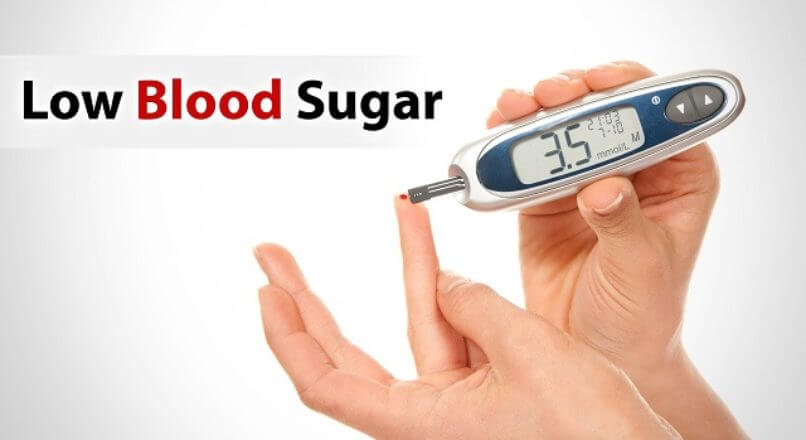
Causes of the Condition:
Hypoglycemia is a clinical syndrome where low plasma glucose concentrations lead to signs and symptoms which can be completely resolved when plasma glucose concentration is increased. There are several causes depending on whether the patient is diabetic or non-diabetic. Diabetic patients require manual administration of insulin subcutaneously to keep blood sugar levels at a safe (not too high) level by moving glucose from the blood into the surrounding tissues. Hypoglycemia most commonly occurs with diabetes due to an imbalance between the amount of insulin administered and the physiological requirements of the body. The other main cause is not managing blood glucose levels with appropriately timed meals and/or snacks.
Assessment:
Patients who are experiencing hypoglycemia may present with different symptoms including excessive sweating, hunger, fatigue and dizziness. The most concerning symptoms may include mental confusion, tingling lips, blurred vision or fainting/ loss of consciousness. The most important step in assessing a patient who has suspected hypoglycemia is to ensure they are seated and to obtain a blood sugar level. Most diabetics should carry a BSL monitor with them. If a BSL level is unable to be obtained and there is a suspicion of the underlying cause, glucose administration or a glucagon intramuscular injection should be administered as hypoglycemia is potentially life threatening.
Management:
Management of hypoglycemia is dependent upon the symptoms and thus the severity of the presentation. Basic life support should be commenced to prevent any further injury, should the patient deteriorate and lose consciousness. Start by ensuring that the patient is away from anything dangerous and cannot fall or hurt themselves. Ensure that they can support their own airway, are breathing on their own and their circulatory system is not compromised. Once a diagnosis of hypoglycemia is confirmed, the patient needs to increase their blood sugar level. The method in which this is carried out, is dependent upon the resources available. In the field, it is often easiest to provide a sugary drink or jelly beans. If a glucagon injection is available, this can also be given in the event of an unconscious casualty. In a hospital setting, a dextrose infusion may be given intravenously.
Impact of Management:
The impact of administering glucose is to raise the blood sugar level to a safe range, providing the brain and other tissues with essential fuel for functioning. Although management can quickly correct the blood glucose level and alleviate any ongoing concerns for the patient’s safety, patient education is important in preventing further occurrences. Diabetic educators can be referred to talk to the patient about how to best manage their blood sugar levels and prevent any further potentially life-threatening events.
Hypoglycemia is a common problem in patients with type one diabetes, especially younger patients. The body’s requirements for glucose consumption are continuously changing throughout the day and throughout life. When the body is under stress, when it is exercising, or when there is an active infection, there is an impact on the blood sugar level. Therefore, there must be minor adjustments made to the amount of insulin administered. It is important for patients with type one diabetes to regularly measure their blood sugar level and adjust the number of short acting insulin units administered based on the results. An underlying long acting bolus should also be used to provide a stable baseline.
